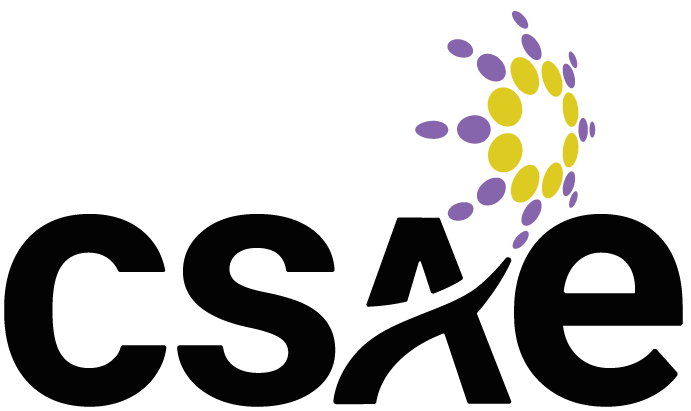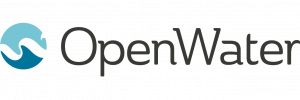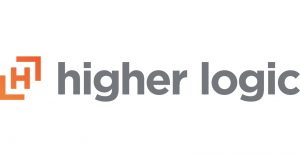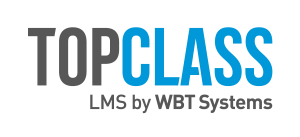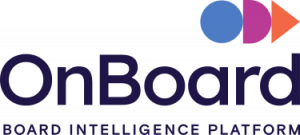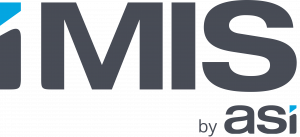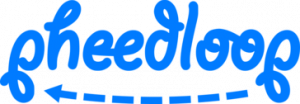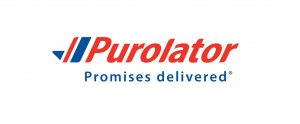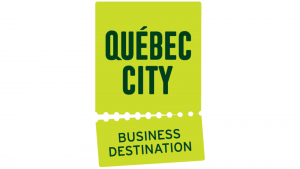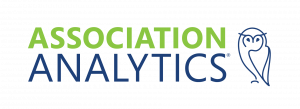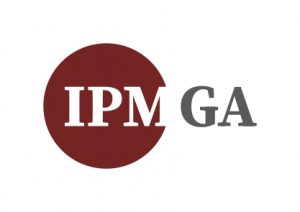Gathering Member Insights in 2020: New Challenges Require New Tools
The Road Ahead
The association sector has seen profound changes in the past eight months. Association leaders have had to rethink, reinvent and deliver value using a new set of online skills and tools.
Moving into the future, associations need to continue evolving if they wish to engage and deliver member value. Member needs will change. Association executives must deliver new solutions to meet these new needs.
New Tools Needed to Evaluate New Challenges
Understanding and meeting these needs will require new ways of collecting member insights. Although online surveys have become the default method used to gather information, reliance on this single tool can limit both the questions we ask and the answers we receive.
Situations arise when we need a technique that gives us the ability to explore attitudes and feelings in an open and creative way. Normally we turn to traditional in-person focus groups if we are looking to generate deep and detailed insights. However, in this era of social distancing, focus groups are not an option.
As an alternative, we have taken our traditional focus group expertise and adapted it to the online world. Online focus groups are a relatively new research tool that deliver the benefits of focus group interaction in a more cost efficient and representative way.
The Extended Online Focus Group
Rather than coming together in a meeting room, respondents gather online in a discussion group that will typically extend over a two to three-day period. Eliminating travel costs and facility rental makes the online focus group more affordable than traditional groups. And the research can involve a geographically dispersed set of respondents. Distance is not a barrier.
There are other features of the online focus group that make it unique.
1) A traditional focus group typically includes approximately eight to twelve respondents. The online focus group can accommodate up to 30 respondents.
2) Often in a focus group, some participants may defer to others in the room who appear to have greater authority or experience. In the online discussion forum there is an option to only allow the responses of others to be revealed once the individual provides their response. At that point, the respondent can comment on and interact with other participants. This feature allows for an unbiased, top-of-mind response to each question. It is also effective in drawing out more reticent participants.
3) The participants can remain anonymous if they wish. Evidence suggests that this encourages greater openness and honesty.
The Process
a) Discovery Session
The process begins with a “discovery session”. The purpose of this session is to conduct a thorough review of objectives, procedures and outcomes. We do this to achieve complete clarity around the purpose and client expectations attached to the project.
b) Recruitment
Typically, respondents are recruited from a pool of members who have expressed an interest in having an extended conversation with the association. Often, we will send out a very short online recruitment survey to all members in advance of the group. In that survey members can express their willingness to participate.
c) Discussion Guide
Similar to a typical focus group we collaborate with the client in the development of a discussion guide. Often we begin the group by asking a small number of check box questions e.g. location, demographics and how long they’ve been a member. Responses to these questions can be used during the analyses stage. That is, as we develop the report we can group responses into these categories.
Subsequent questions are open ended and require a thoughtful and considered response. Usually the discussion will begin with general questions and then proceed to more specific questions as we get further into the conversation. If participant feedback identifies opportunities or areas of exploration not previously considered, this methodology gives us the flexibility to adjust the discussion guide on the fly as the group takes place over a longer period of time.
d) The Daily Routine
New questions are posted at the beginning of each day. There is also an option for the moderator to post a video message or other visual stimuli on the discussion board. Respondents can visit the discussion group once or more often each day at a time of their choosing. They view questions and respond. They are encouraged to interact and respond to the comments of other participants. They also have the option of using video in their responses.
The moderator visits the discussion group throughout the day. Follow up questions can be posted to the entire group or to individuals. An unlimited number of people collaborating on the project can be viewing the discussion and filtering their questions and suggestions through the moderator.
Deliverables
A completed transcript of the group proceedings (along with any video responses) are made available to the moderator. Transcripts can be grouped by the specific questions that have typically been asked on Day 1 — e.g. demographic questions.
Using the information that has been gathered, the moderator looks for the dominant themes that have emerged related to the topics discussed. A report is developed that identifies key findings, conclusions and a recommended course of action.
